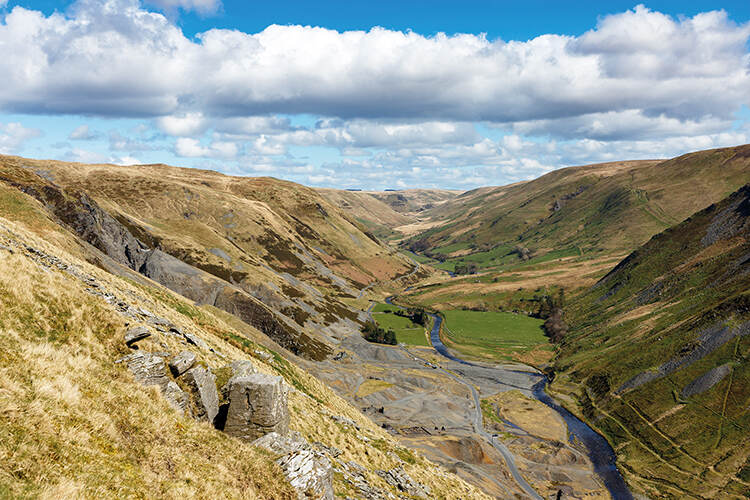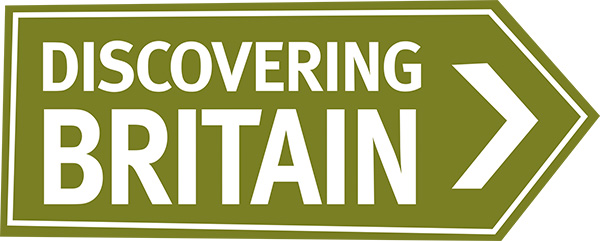
Rory Walsh visits the heart of Wales – Ceredigion, the country’s central point and home to its hidden treasures
View • Rural • Wales • Guide
Middle England is a socio-political term rather than an actual place. Yet identifying the centre of the country stirs debate. The established candidate is Meriden, near Coventry, where a monument on the village green marks the historic Centre of England. The Ordnance Survey suggests somewhere 18 kilometres north. Using gravitational mapping – finding the spot where a map of the country balances on a pin – they calculate the middle of England to be a field near Fenny Drayton, Leicestershire.
Locating the centre of Scotland is complicated by the islands – especially their tidal coastlines. Following the OS method, the centre of the mainland is five kilometres east of Schiehallion. The middle of Wales, meanwhile, is in Ceredigion, on the border of two farms 2.5 kilometres south of Cwmystwyth.
Cwmystwyth village is named after the River Ystwyth, which flows west through the Cambrian Mountains. Head east from the village, and vast views soon span the upper Ystwyth Valley. As the river rushes beside the road, the mountains tower on either side. In summer, their steep flanks are a sea of greens; in winter, an ocean of oranges. Grey stone outcrops on the valley floor seem tiny, strings of beads dropped by a careless giant.
Lining the road are crumbling clusters of ruined buildings – the remains of the Cwmystwyth mine. From the Bronze Age, lead, silver, zinc and copper were mined at Cwmystwyth. The peak took place in the 18th century when hundreds of men toiled in all weather to extract and process ores from the valley’s slopes. The risk of lead poisoning was such that a miner’s life expectancy was 32.
Discover more about Britain…
Mining was the product of the local landscape. The formation of the Cambrian Mountains lifted and folded seams of metals and minerals into accessible lodes. Over centuries, the River Ystwyth provided a constant water supply for different uses, from washing the ore to powering furnaces. Despite this abundance of natural resources, Cwmystwyth mine was never profitable and closed after the Second World War.
The mine is now a scheduled ancient monument. Its historic importance was confirmed in 2002 when an archaeological dig nearby uncovered a Bronze Age grave. Within it was the Banc Ty’nddôl ‘sun-disc’. The size and shape of a coin, it’s the oldest gold artefact ever found in Wales. Like the abandoned mine, the recovered sun disc shows that the heart of Wales beats with hidden treasures.




